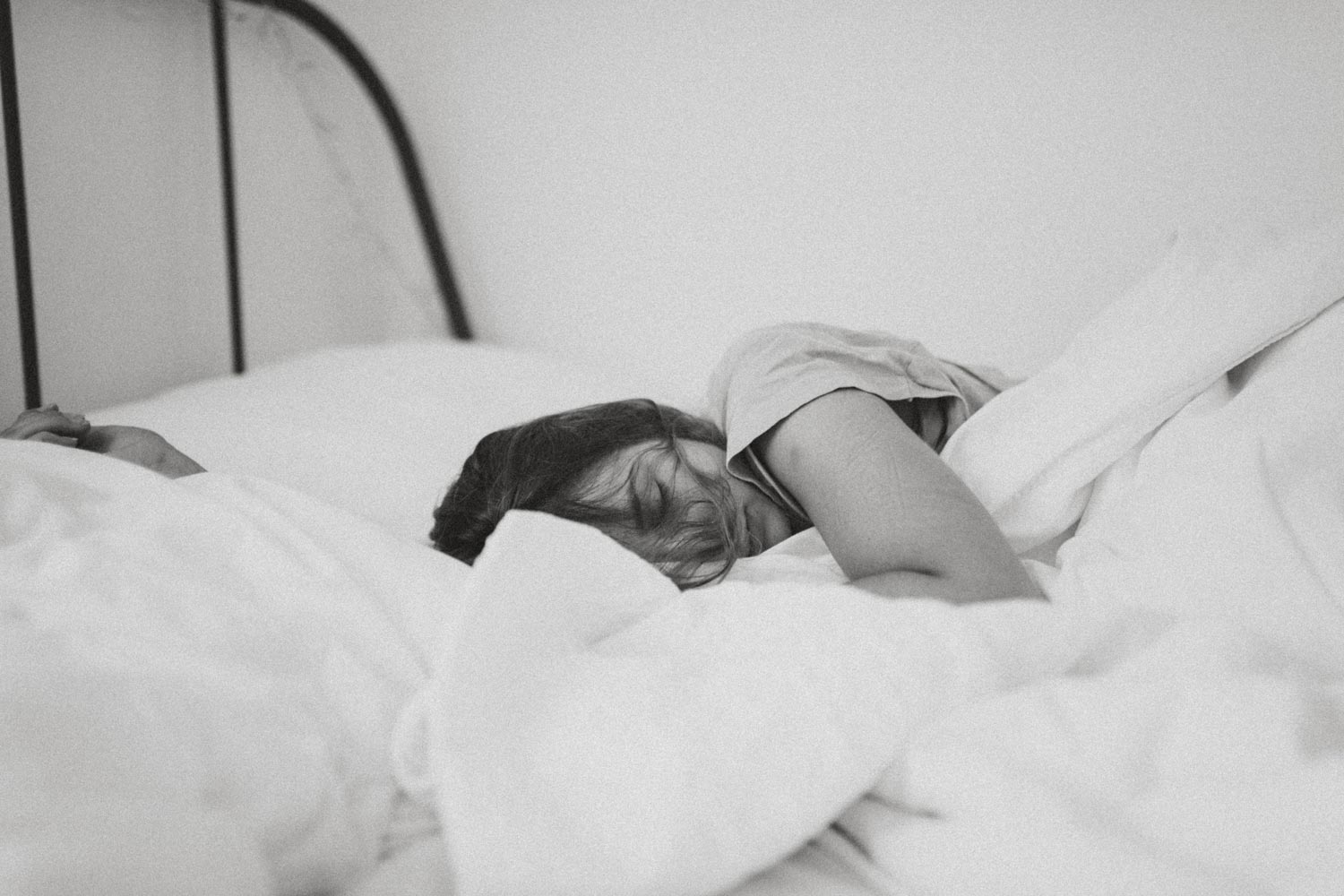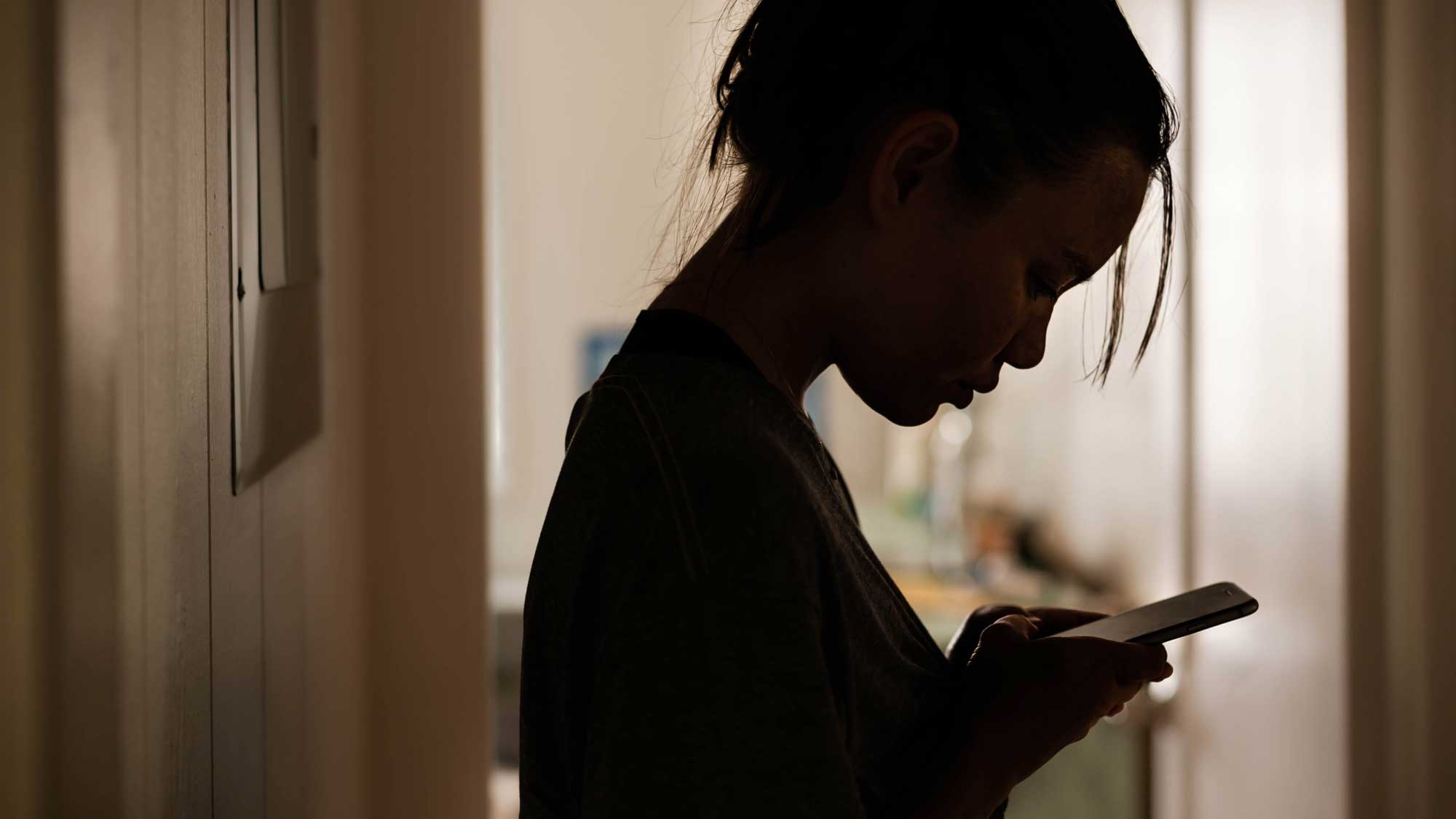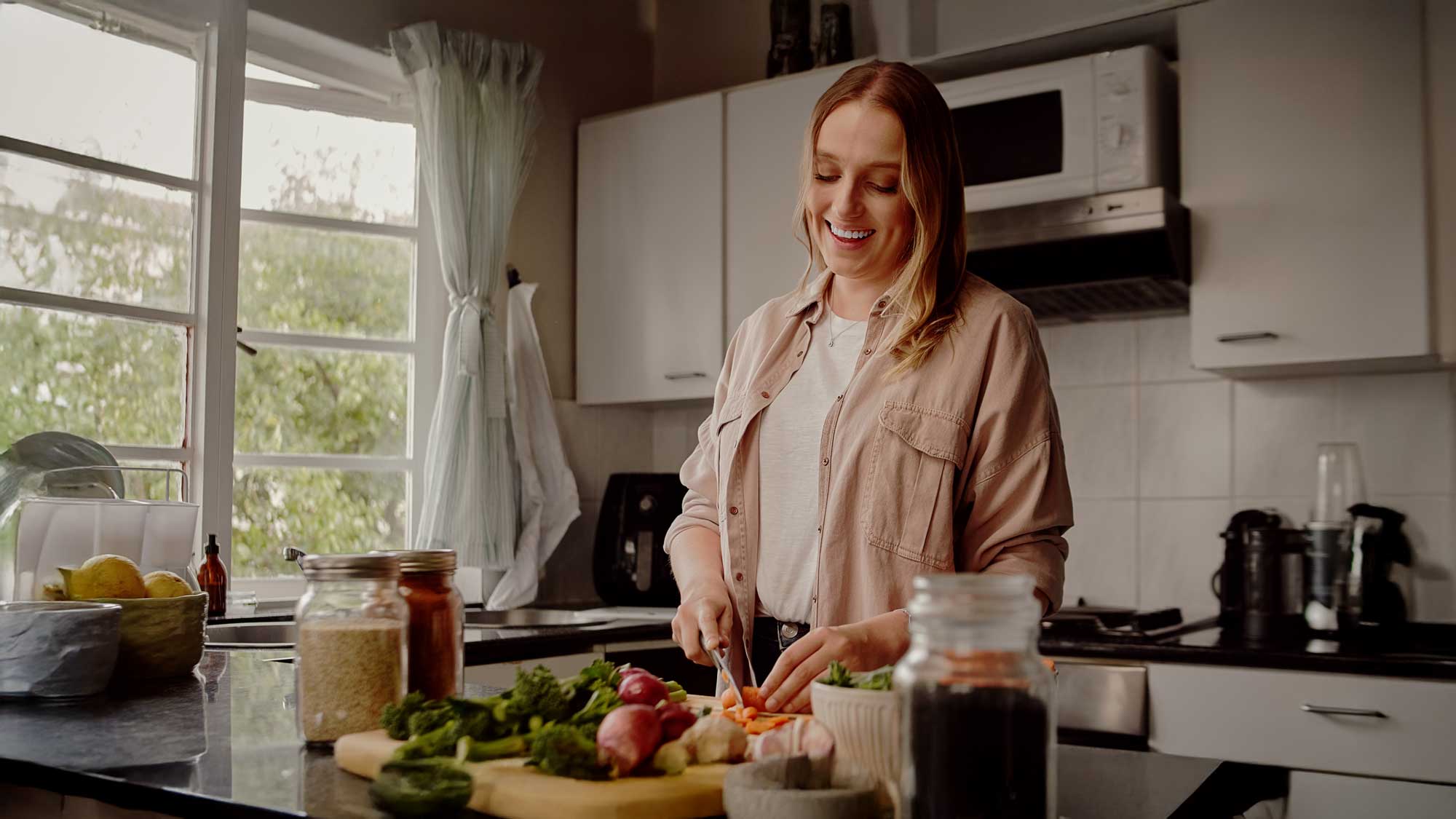Weighted blankets have long been used for certain conditions. They may provide benefits for people with insomnia and anxiety, but research is scarce.
Some people count sheep at night. You count worries. If you often find yourself lying awake at night, staring at the ceiling, you may be looking for solutions to help you get back to sleep. One new approach that doesn’t involve drugs or doctors is becoming increasingly popular: weighted blankets.
These blankets look like regular blankets, but they’re filled with plastic beads or pellets to make them heavier. They typically weigh from 3 pounds to upwards of 20 pounds. Companies are marketing them as a solution for insomnia as well as nighttime anxiety and stress reduction. And people are buying. Sales of the blankets have surged in the past two years.
The use of weight in therapy
The idea of using weight as a calming strategy does have some basis in current medical practice.
“Weighted blankets have been around for a long time, especially for kids with autism or behavioral disturbances,” says Dr. Cristina Cusin, an assistant professor of psychiatry at Harvard Medical School. “It is one of the sensory tools commonly used in psychiatric units. Patients who are in distress may choose different types of sensory activities — holding a cold object, smelling particular aromas, manipulating dough, building objects, doing arts and crafts — to try to calm down.”
The blankets are supposed to work much the same way tight swaddling helps newborns feel snug and secure so they can doze off more quickly. The blanket basically simulates a comforting hug, in theory helping to calm and settle the nervous system.
Companies that sell the blankets typically recommend that you buy one that weighs approximately 10% of your body weight, which would mean a 15-pound blanket for a 150-pound person.
Weighing down anxiety
The question is, do they really work? While some people swear by these blankets, concrete evidence is unfortunately lacking. There are really no reputable scientific studies to back up the claims, says Dr. Cusin. “A randomized clinical trial to test the blankets would be very difficult,” she says. A blind comparison is impossible because people can automatically tell if the blanket is heavy or not. “And it’s unlikely that somebody would sponsor such a study,” she adds.
Should you use a weighted blanket?
While there is no robust evidence that weighted blankets are truly effective, for most healthy adults, there are likely few risks to trying one — other than price. Most weighted blankets cost at least $100 and often more than $200.
But Dr. Cusin says that there are certain people who should not use a weighted blanket or should check with their doctors before doing so, including people with
- sleep apnea
- certain other sleep disorders
- respiratory problems or other chronic medical conditions.
Also, check in with your doctor or a trained therapist if you are interested in trying a weighted blanket for a child.
If you do decide to try a weighted blanket, be realistic about your expectations and realize that results may vary.
“Blankets may be of help for anxiety or insomnia,” says Dr. Cusin. But just as swaddling works for some babies and not others, weighted blankets won’t be a miracle treatment for everyone, she says.
Is there a better option?
In addition, keep in mind there may be better, evidence-based solutions out there for your sleep struggles, particularly when it comes to chronic insomnia, which is defined as having trouble falling or staying asleep for at least three nights a week for three months or more.
“For insomnia, the first-line recommendation now is a specific form of cognitive behavioral therapy (CBT) and relaxation techniques, practices that are supported by evidence from controlled trials,” says Dr. Cusin.
CBT is typically administered in a four- to 10-week program that helps you make lasting changes to your sleep habits, including limiting the amount of time you spend in bed. This helps to train you to avoid being in bed unless you are sleeping. CBT can be challenging and typically works best when performed by a professional.
Information from Harvard Health






